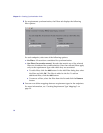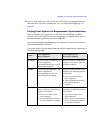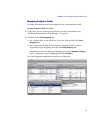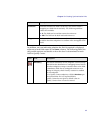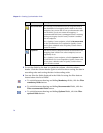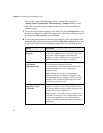Chapter 3 • Creating Synchronization Links
66
6 For the non-master endpoint, under Deletion, select how to handle records
deleted in the endpoint. The following options are available:
➤ Do nothing. No action is taken in the other endpoint in response to
records deleted in the endpoint.
➤ Recreate based on its corresponding record in the other endpoint. This
option is available only if Create a corresponding record in the other
endpoint is selected in the other endpoint. When a record that was
previously synchronized is deleted in one endpoint, the Synchronizer
recreates the record based on the data for the corresponding record in the
other endpoint.
7 If your link contains additional requirement type mappings, repeat steps 1
to 6 to configure each mapping.
8 You can now define how data fields and field values are mapped between
the endpoints. For more information, see “Creating Field Mappings” on
page 66.
Creating Field Mappings
After you define which changes to endpoint data are synchronized, you
specify which fields are mapped and in which direction they are mapped.
For example, you might map a field named Priority in one endpoint to a field
named Criticality in the other endpoint.
Field mappings must be defined for each defects link, and for each
requirement type mapping of a requirements link.
You can also map specific values for a field in one endpoint to specific values
of a field in the other endpoint.
This section includes the following topics:
➤ “Mapping Endpoint Fields” on page 67
➤ “Mapping Field Values” on page 76
➤ “Mapping Constant Values” on page 79
➤ “Mapping Attachment Fields” on page 80



